Google Pixel 6 Pro review: A picture-perfect Pixel
The 6 Pro is a Tensor-powered wonder with a strange design and ‘magic’ camera software
-
+
Superb cameras
-
+
Intelligent processor
-
+
Simplistic operation
-
-
Ugly camera bar

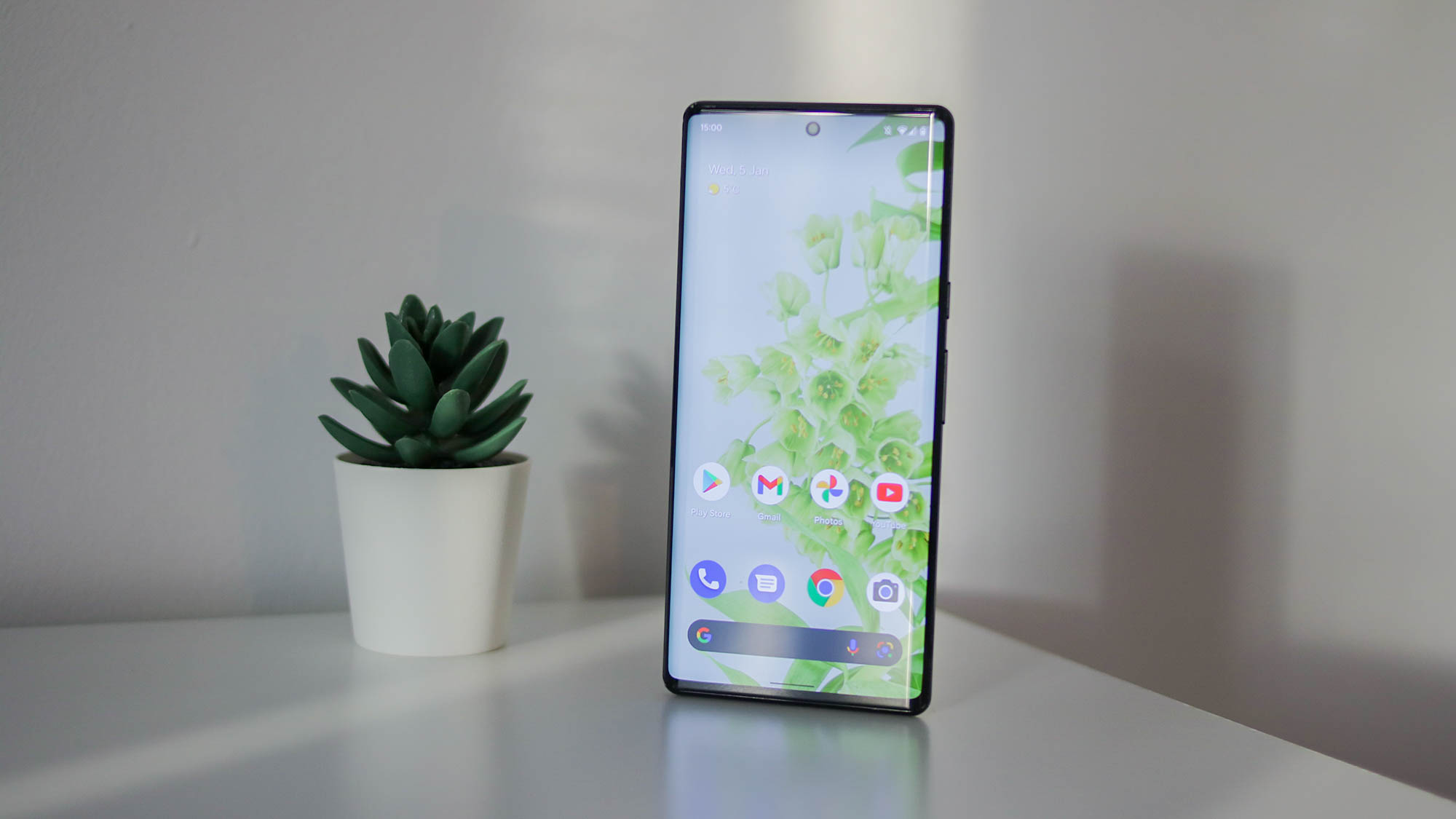
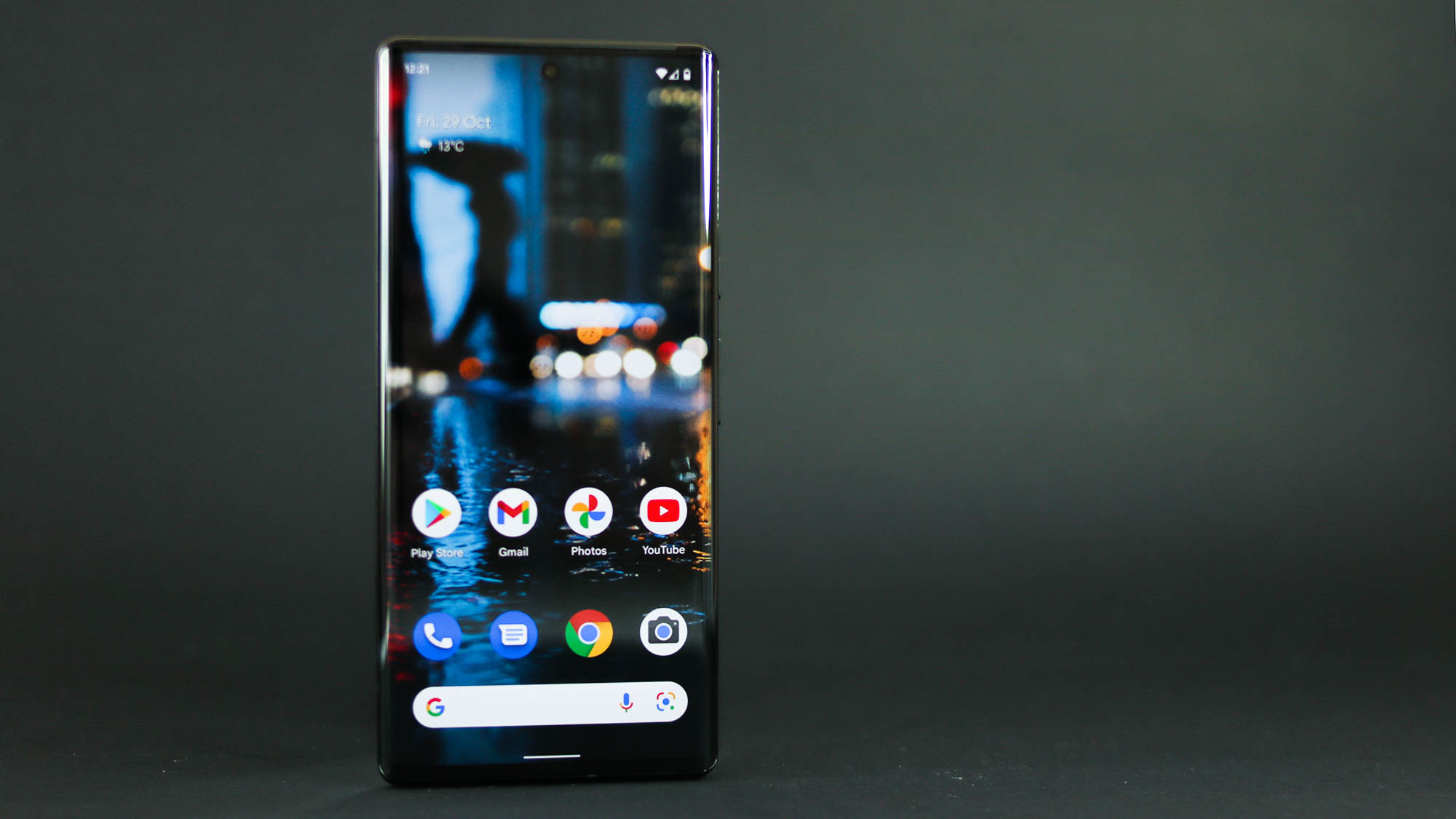
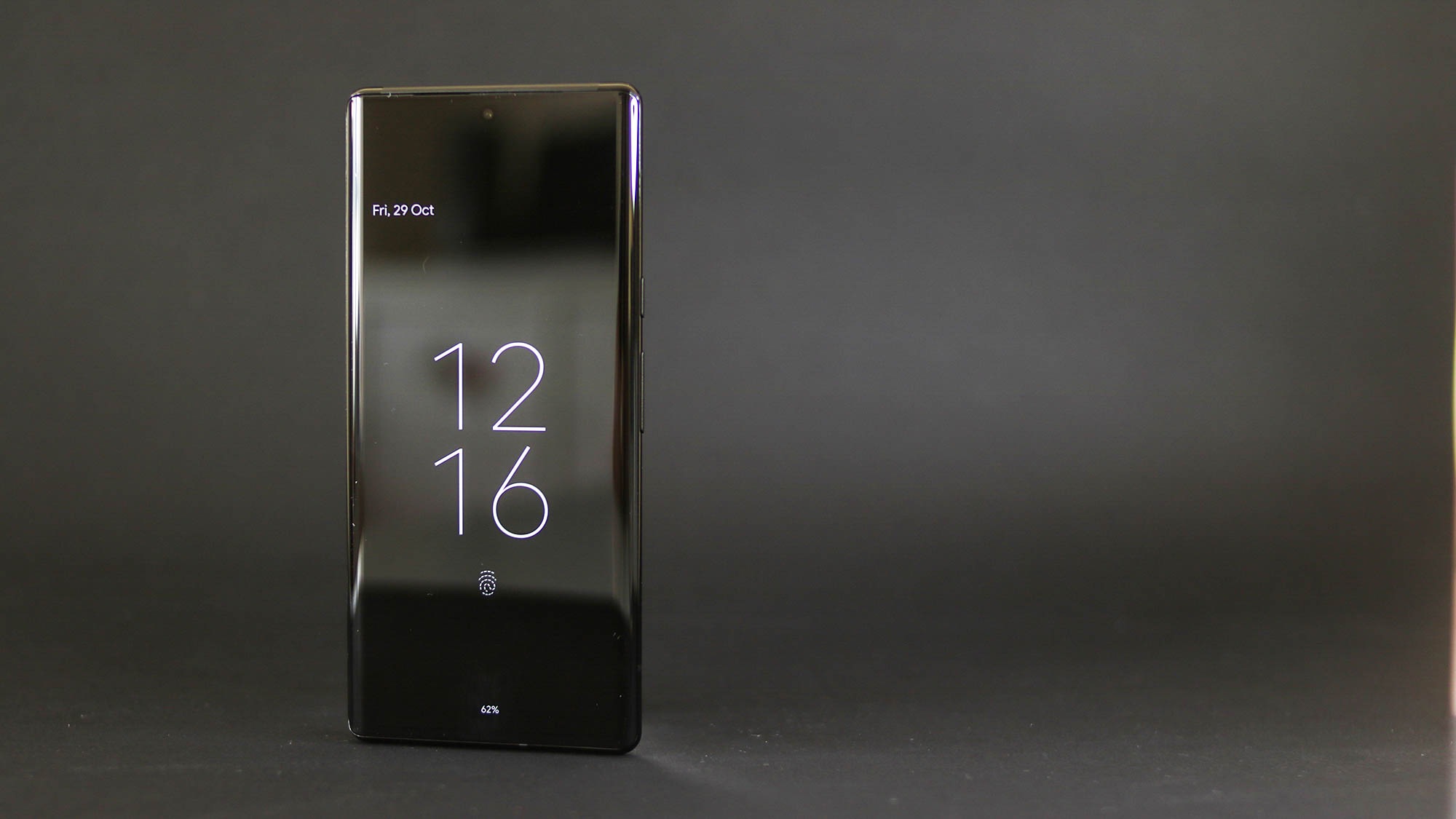
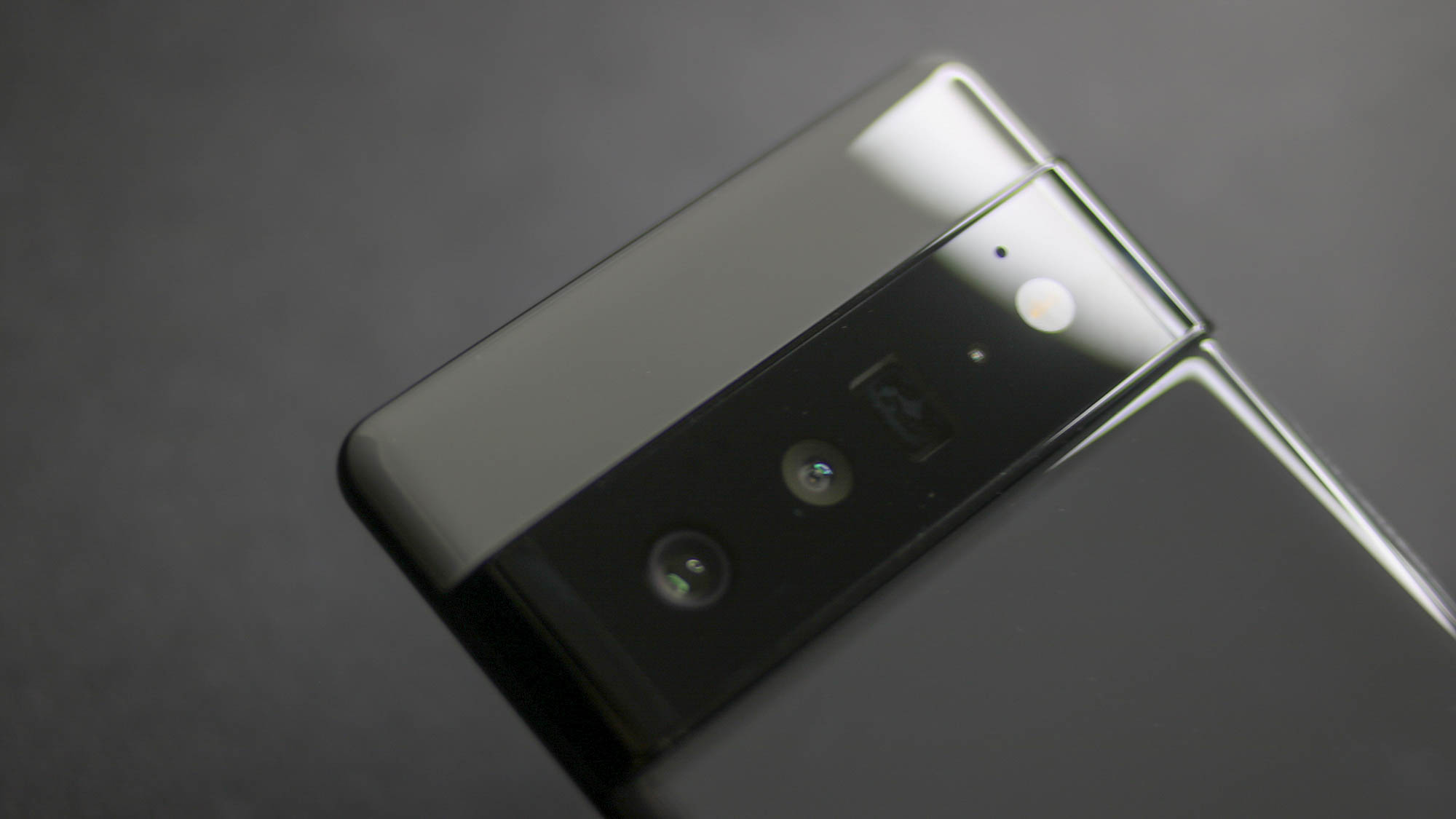
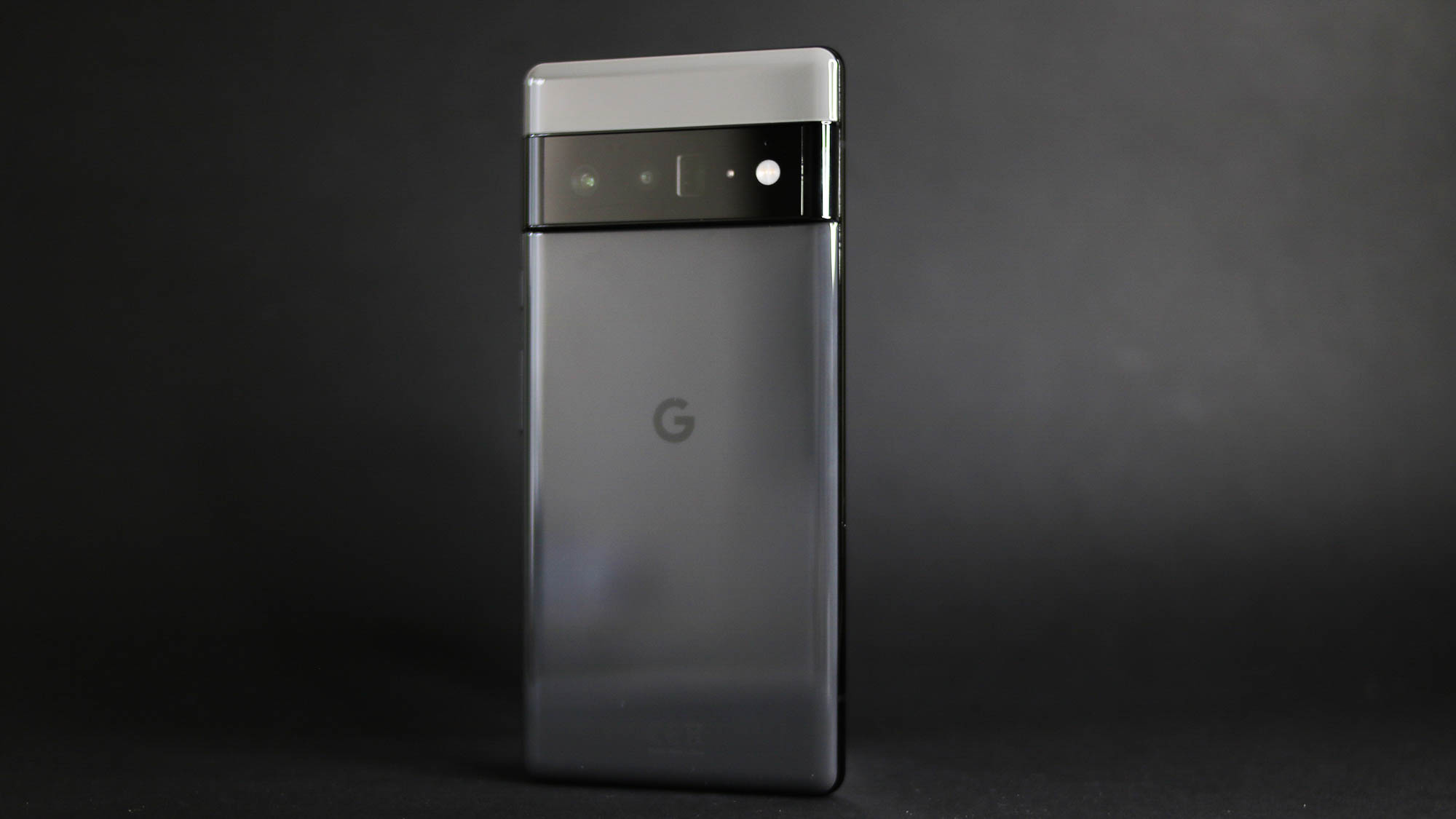
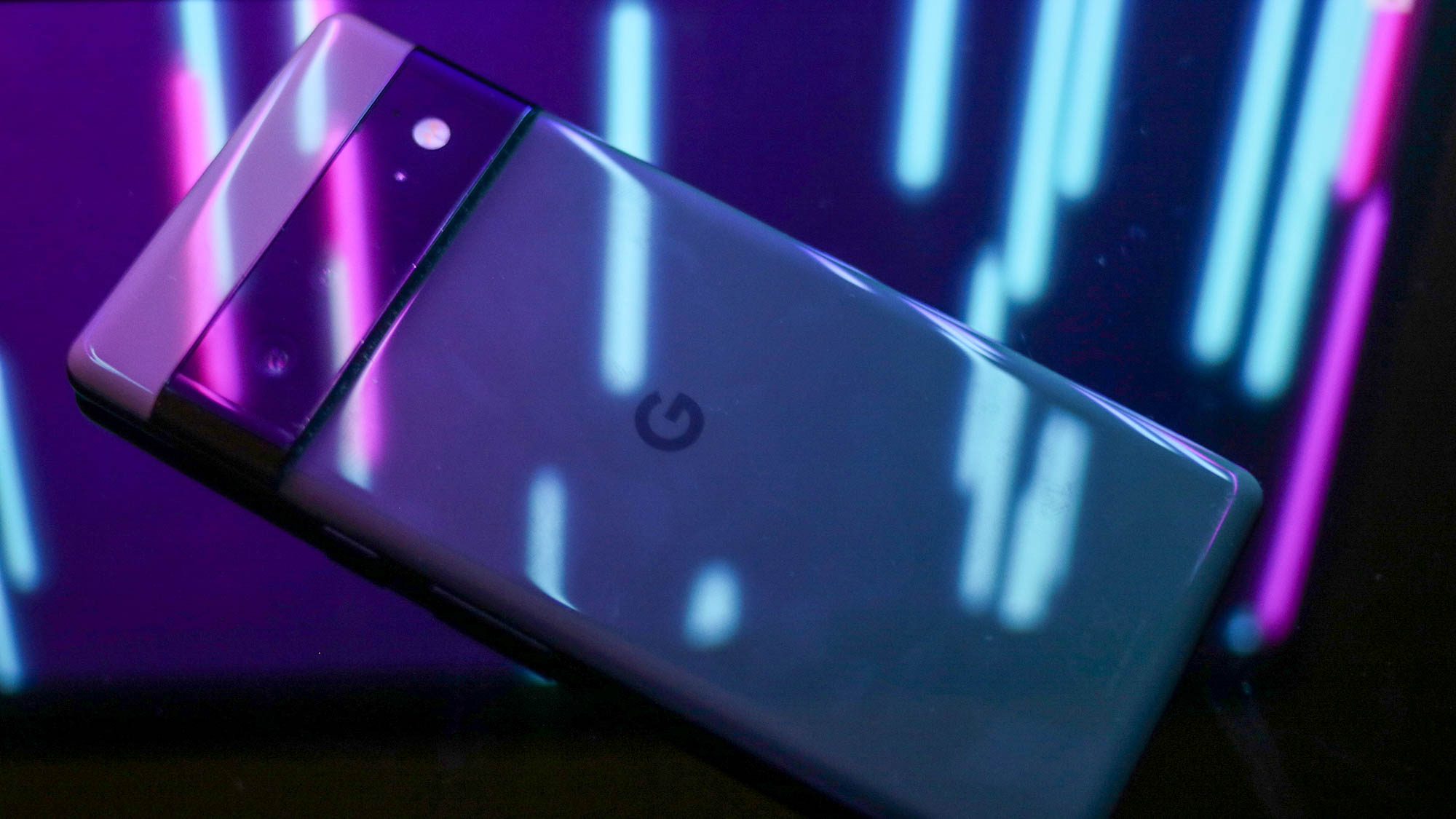
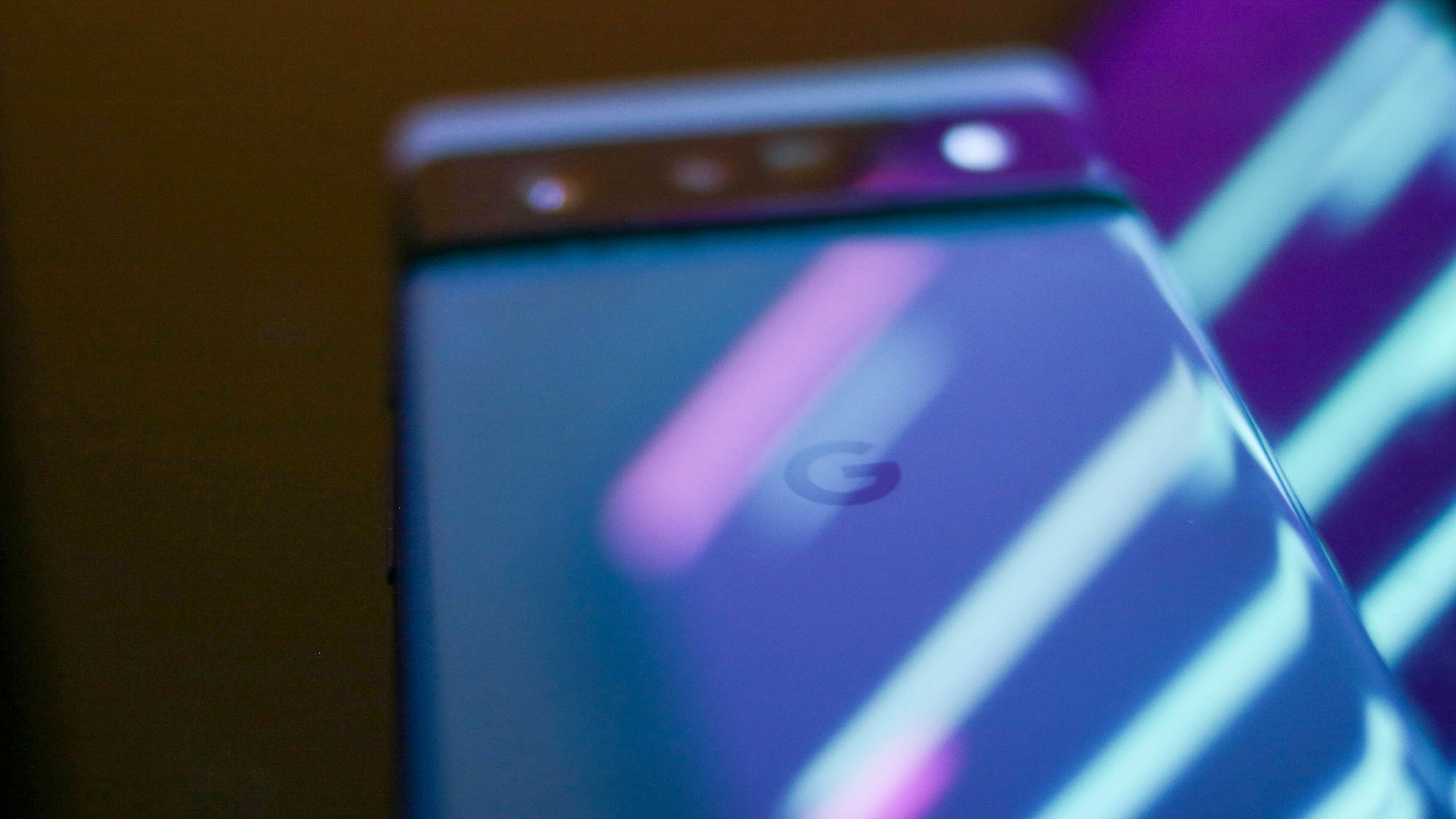
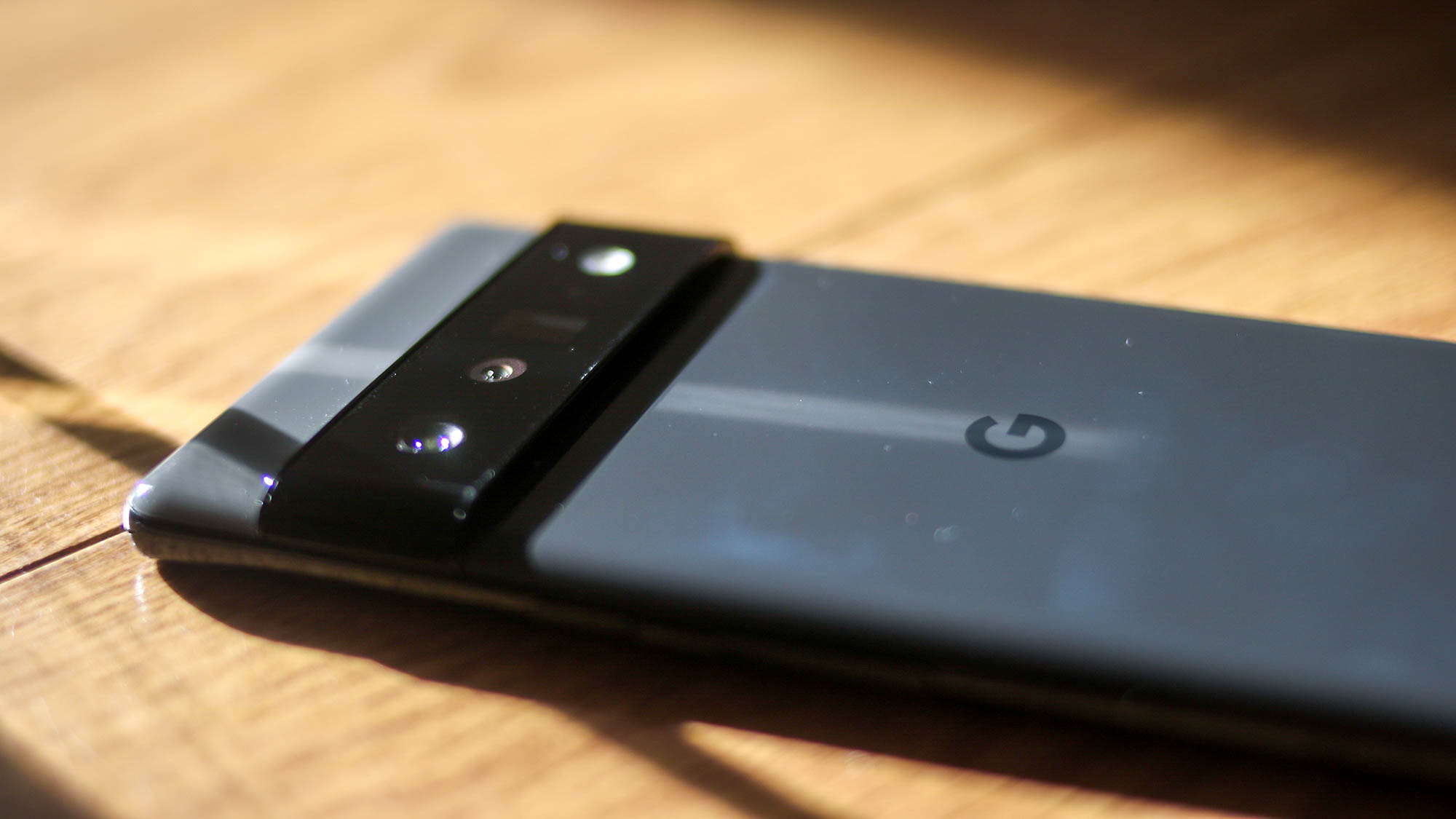
After only launching a standard-sized handset last year, Google is back and bigger than ever. At 164mm tall, the Google Pixel 6 Pro completely dwarfs last year’s puny Pixel 5 and is filled with a lot more ‘premium’ qualities.
When it comes to hardware, Google isn’t shy in trying radical ideas (anyone remember the short-lived Project Soli?) and the latest of these comes in the form of a brand new first-party chip design, enabling a number of new features. The company has previously gone on record to say the world doesn’t need £1,000 smartphones, and it’s still putting its money where its mouth is; with the Pixel 6 Pro, it’s managed to keep the cost down to £849 including VAT, and still keep it full of innovation.
Google Pixel 6 Pro review: Design
Both the standard and Pro models of the Pixel 6 are quite eye-catching - and not necessarily in a good way. They’re giant square-ish slabs of glass with a rather prominent camera bar across the back that gives the phone a distinctive look. But this is quite a leap from the Pixel 5 and 4, both of which were much smaller and softer-looking. The Pixel 6 also seems very different with each colour scheme; the red and peach model, for instance, seems to suit the black bar, but that’s only an option for the standard 6. The 6 Pro comes in white, yellow and black (like our review unit), none of which really look that nice to our eyes.
These are also very unwieldy handsets; the Pro is 76mm wide while the Pixel 5 was a more hand-friendly 70mm, making it much easier to hold or fit in a pocket. What’s more, the new bulk doesn’t seem to allow room for a 3.5mm headphone jack or a microSD card slot, which is now seemingly the default for all major flagships. They’re also fitted with Gorilla Glass Victus, front and back, which makes them very slippery customers, so you’ll most definitely want it in a case. Despite the enhanced protection of the Victus glass, it will only take one sizable drop for a crack to appear.
Now, while the back won’t be to everyone’s taste, the front half of the screen is quite pleasing, with a slight curve at the edges of the screen. There’s no real practical benefit here, but it does look nice and smooth. Add to that a very unobtrusive selfie camera, housed at the top of the screen, and you have a very attractive phone - so long as you don’t turn it around.

Google Pixel 6 Pro review: Display
Sticking with the display, the Pro 6 features a 6.7in AMOLED screen with a 120Hz refresh rate. 120Hz has quickly become the default, certainly for plus-sized smartphones, with even cheaper devices like the Xiaomi Redmi Note 10 Pro capable of silky smooth scrolling. The Pro also comes with a 1,440 x 3,210 resolution and support for HDR10+, which is another sign of a ‘premium’ device.
Unsurprisingly, the display is great, offering 99.1% coverage of the sRGB colour space and 117.2% colour volume. That actually beats the iPhone 13, and matches up well with the OnePlus 9 Pro and the Samsung Galaxy S21 Ultra. It also packs a punch with brightness, which peaked at 475cd/m2.
Google Pixel 6 Pro review: Specs and performance
In addition to 12GB of RAM, the Pixel 6 and the 6 Pro are powered by Google’s Tensor processor, the first in-house chip from Google, developed using Samsung’s Exynos processor as a template. It features a series of Arm cores - two high-performance, two middle and four low-end cores - in an unusual 2+2+4 configuration. For context, both the Exynos 2100 and the Snapdragon 888 only house one larger Arm core, favouring three middle-tier ones instead (1+3+4). The reasoning behind this is a little sketchy, but Google wanted a chip that prioritised specific operations such as image enhancement and machine learning tasks (more on that later).
As a result, the Tensor isn’t necessarily a ‘winner’ when it comes to benchmarks: in GeekBench 5 it notched up 1,034 for single-core performance and just 2,767 for multi-threaded. That’s miles off the likes of the S21 and the OnePlus 9 Pro, and nowhere near the iPhone 13 - or even the iPhone 12, for that matter. However, this isn’t a ‘bad’ chip in the slightest - it’s a smart one that effectively optimises what it has.
There could be an argument here that smartphone chips are housing more computation power than they need. There certainly isn’t much noticeable difference between the speed and responsiveness of the iPhone 13 and the Pixel 6 Pro, and, from our experience, the Pixel 6 Pro is fantastic on almost all performance fronts.

Google Pixel 6 Pro review: Battery life
That 120Hz display is a double-edged sword, though, and while it looks buttery-smooth, it drains the 5,003mAh battery somewhat. Higher refresh rates need lots of power, and despite using an adaptive refresh rate that matches the on-screen content to help conserve charge, only Samsung’s S21 Ultra managed to house one and keep battery life above 20 hours.
In our looped video test the Pixel 6 Pro only lasted 17hrs 5min, which isn’t terrible, coming in just under the OnePlus 9 Pro. But users of the Pixel 5 will be disappointed, given it offered 22hrs 54mins under the same test.
In real terms though, the Pixel 6 Pro will get you through a whole day unless you absolutely hammer it with gaming and constant streaming (and who has the time for that?). Should you run short earlier than expected, the Pro’s fast-charging feature can recapture 50% of its charge in just over 30 minutes.
Google Pixel 6 Pro review: Features
One of the benefits of being a first-party Google device is that the Pixel 6 Pro comes loaded with Android 12 straight out of the box, and users can enjoy up to five years of security updates, according to Google. The ‘Material You’ interface is lovely and intuitive and comes with a very handy navigation feature. Users can simply swipe the edge of the screen to return - with or without the default navigation buttons activated - which doesn’t sound all that impressive, but it’s something users will miss when they switch to a device without it.
Ease of use is a big plus for the Pixel 6 Pro, and one of the most impressive examples of this is its implementation of the Google Assistant. Using your voice to compose text messages - even asking for emojis - has never been as good as it is here. It recognises your voice clearly with little error, and this is also the case for the AI-powered Live Translate feature, which is impressively quick. The ‘Now Playing’ song recognition feature also remains as handy as it was on previous pixels, identifying any music it hears without the need to press anything. It even appears on the lock screen and it’s an oddly useful trick.

Google Pixel 6 Pro review: Camera
There is a triple camera array on the Pixel 6 Pro featuring 50MP f/1.9 wide-angle, 48MP f/3.5 telephoto and 12MP f/2.2 ultrawide lenses. The telephoto lens, which isn’t on the standard model, has a 4x optical zoom, which can be enhanced with Google’s digital “Super Res Zoom” up to x20. It’s pretty good, but worth noting that it isn’t quite as extreme as the “Space Zoom” offered on the S21 Ultra.
However, it does extract lots of details for objects that are closer. While it doesn’t have a dedicated ‘macro’ mode, the Super Res Zoom does use multi-frame capture technology, where it takes a number of shots from different ranges to fashion one suitable shot. This pulls out the details of subjects that are just over an inch away, with just a little bit of cropping on the finished shot.
The main 50MP lens comes with an improved sensor that lets in more light than the Google Pixel 5 could muster. This is as good as anything offered on the market, particularly in low light settings, where it captures beautifully detailed images with little noise.
However, the real interest in modern smartphone camera systems is always the underlying software. And what Google has, powered with its Tensor processor, might be one of the best around. This is most noticeable with its collection of new tools where users can edit and tweak their images. Here we find the ‘Magic Eraser’ which is some kind of black magic that will kill off the photobomb for good. You just use your finger to rub out unwanted participants in the background, leaving only minor artifacting that can only be seen on close inspection.
Google Pixel 6 Pro review: Verdict
There were a number of fantastic smartphones launched in 2021, such as the S21 Ultra, the iPhone 13 and the OnePlus 9 Pro (not to mention a really good foldable in the Galaxy Z Fold 3). But the Pixel 6 Pro has something on all of those: it’s cheaper than any of Samsung’s top releases, it beats the iPhone with its smoother display and trounces the OnePlus 9 Pro in the camera department.
The only issue we have is that unsightly black camera bar, but it’s beautiful on the inside. From its innovative Android 12 OS, to those phenomenal camera tools, the Pixel 6 Pro has the good stuff where it matters.
Google Pixel 6 Pro specifications
| Processor | Google Tensor (5nm) |
| RAM | 12GB |
| Screen size | 6.71in |
| Screen resolution | 1440 x 3120 pixels, 19.5:9 ratio |
| Pixel density | 512ppi |
| Screen type | LRPO AMOLED, HDR10+ |
| Front camera | 11.1MP, f/2.2 20mm ultrawide |
| Rear cameras | 50MP, f/1.9 wide, 48MP telephoto, f/3.5, 12MP, f/2.2 ultrawide |
| Dust and water resistance | IP68 |
| 3.5mm headphone jack | No |
| Wireless charging | Yes |
| Connection type | USB 3.0 |
| Storage options | 128GB, 256GB, 512GB |
| Memory card slot | No |
| Bluetooth | 5.2 |
| NFC | Yes |
| Cellular data | Yes |
| Dual SIM | No |
| Dimensions (WDH) | 163.9 x 75.9 x 8.9 mm |
| Weight | 210g |
| Operating system | Android 12 |
| Battery size | 5,003 mAh |
Get the ITPro daily newsletter
Sign up today and you will receive a free copy of our Future Focus 2025 report - the leading guidance on AI, cybersecurity and other IT challenges as per 700+ senior executives
Bobby Hellard is ITPro's Reviews Editor and has worked on CloudPro and ChannelPro since 2018. In his time at ITPro, Bobby has covered stories for all the major technology companies, such as Apple, Microsoft, Amazon and Facebook, and regularly attends industry-leading events such as AWS Re:Invent and Google Cloud Next.
Bobby mainly covers hardware reviews, but you will also recognize him as the face of many of our video reviews of laptops and smartphones.
-
 ‘Phishing kits are a force multiplier': Cheap cyber crime kits can be bought on the dark web for less than $25 – and experts warn it’s lowering the barrier of entry for amateur hackers
‘Phishing kits are a force multiplier': Cheap cyber crime kits can be bought on the dark web for less than $25 – and experts warn it’s lowering the barrier of entry for amateur hackersNews Research from NordVPN shows phishing kits are now widely available on the dark web and via messaging apps like Telegram, and are often selling for less than $25.
By Emma Woollacott Published
-
 Redis unveils new tools for developers working on AI applications
Redis unveils new tools for developers working on AI applicationsNews Redis has announced new tools aimed at making it easier for AI developers to build applications and optimize large language model (LLM) outputs.
By Ross Kelly Published
-
 Google layoffs continue with "hundreds" cut from Chrome, Android, and Pixel teams
Google layoffs continue with "hundreds" cut from Chrome, Android, and Pixel teamsNews The tech giant's efficiency drive enters a third year with devices teams the latest target
By Bobby Hellard Published